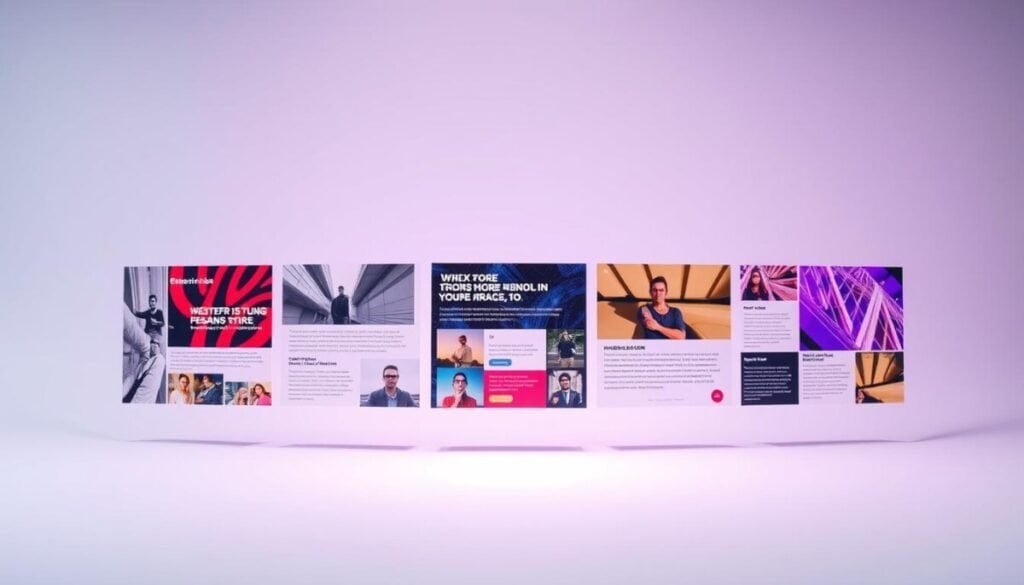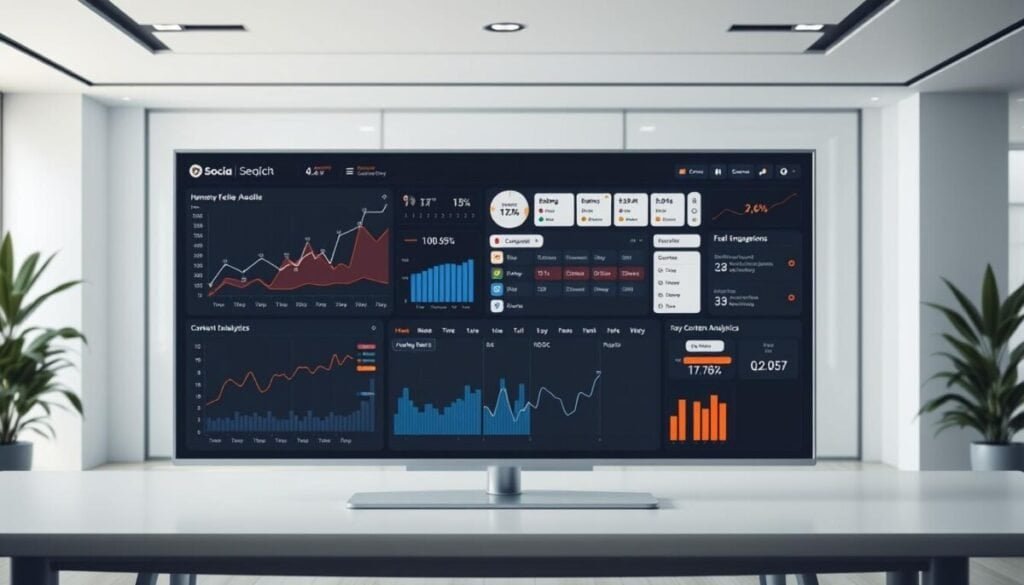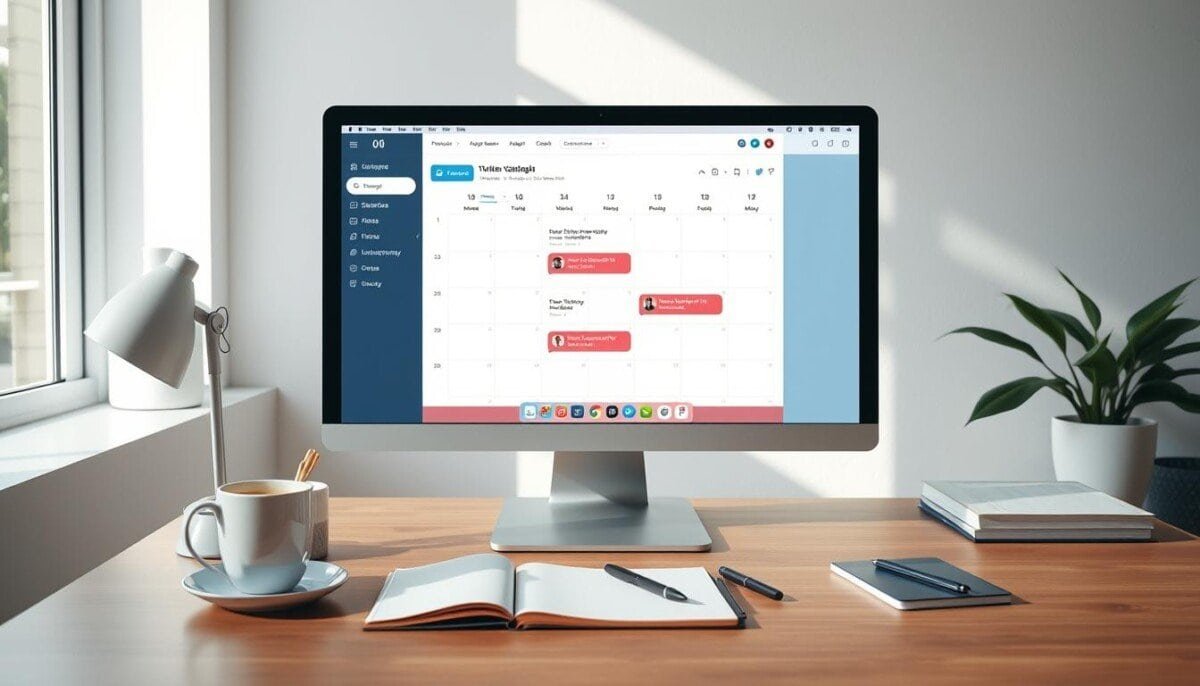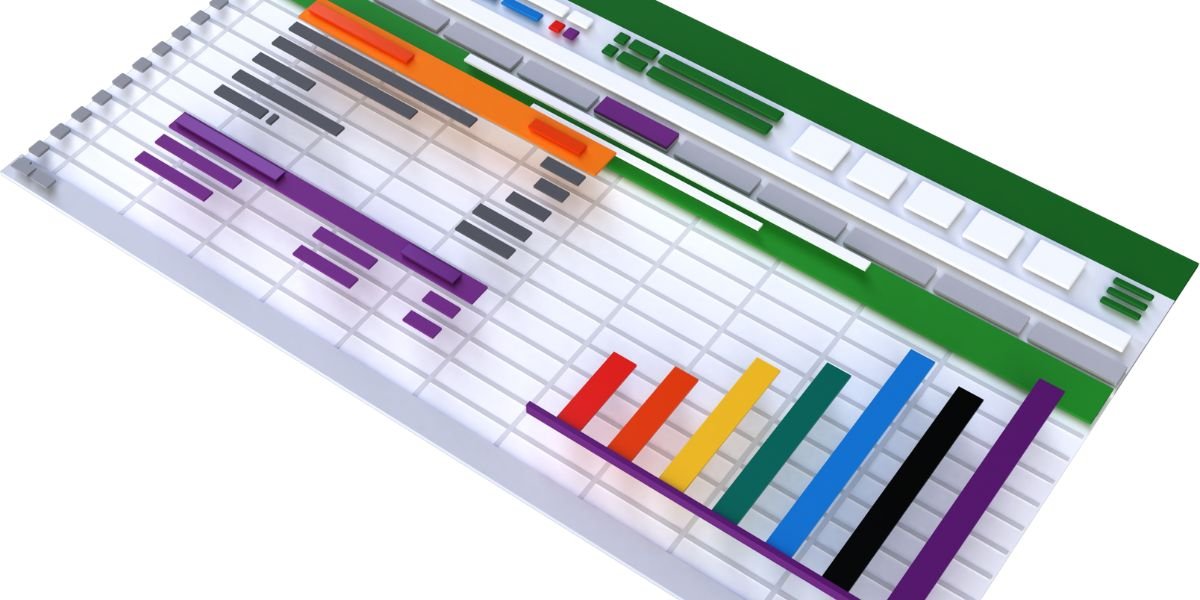How to Schedule Twitter Threads
Complete 2024 Guide with Data Insights, Tool Comparisons, and Proven Strategies for Maximum Engagement
Key Performance Insights
Want to boost your Twitter engagement by 54%? How to schedule Twitter threads is the game-changing strategy top marketers use to maximize reach without constant posting. This guide reveals proven methods, best tools, and expert timing strategies to automate your thread publishing for maximum impact.
Interactive Data Insights
Twitter Thread Engagement Rates by Day and Time
Optimal posting times showing Wednesday 9 AM EST as peak engagement period
Scheduling Tools Comparison
Feature comparison and pricing analysis of top Twitter thread scheduling tools
Industry-Specific Engagement Rates
Thread engagement performance across different industry sectors
Thread vs Single Tweet Performance
Comparative analysis showing 54% engagement boost from Twitter threads
What Are Twitter Threads and Why Schedule Them?
Twitter threads are connected tweets that tell longer stories. They break the 280-character limit and create engaging conversations. Smart marketers schedule these threads to maximize engagement and save time.
Why threads matter for your business:
- 54% higher engagement than single tweets
- Consistent posting without manual effort
- Optimal timing for maximum reach
- Professional presence maintenance across time zones
Research from Buffer analyzing 10.2+ million posts shows that threaded content drives 73.6% more engagement than regular posts, making scheduling essential for serious Twitter growth.
How to Schedule Twitter Threads: Step-by-Step Methods
1 Using Buffer (Recommended)
- Connect Your Account: Sign up for Buffer and connect Twitter
- Create Your Thread: Use Buffer composer and “Start Thread”
- Schedule Your Thread: Choose optimal time (9 AM EST Wednesday)
2 Using Hootsuite for Teams
- Install Integration: Add Tweetsmap app in Hootsuite
- Create Post: Select Twitter account in dashboard
- Set Parameters: Configure team workflow scheduling
3 Free Options with OneUp
- Create Account: Free OneUp account (10 posts monthly)
- Connect Profile: Link your Twitter account
- Schedule Threads: Use thread composer interface
Top 7 Twitter Thread Scheduling Tools
| Tool | Price | Best For | Key Features |
|---|---|---|---|
| Buffer | Free – $120/month | Beginners | Easy interface, analytics, 3 free accounts |
| Hootsuite | $99 – $499/month | Enterprises | Team collaboration, advanced analytics |
| Hypefury | $19 – $99/month | Growth hackers | Auto-retweets, content templates |
| SocialPilot | $25 – $200/month | Agencies | Multi-client management, white label |
| OneUp | Free – $36/month | Small businesses | Multi-platform support, affordable |
| Typefully | $12 – $39/month | Writers | Thread-focused interface |
| Circleboom | $15 – $65/month | Individual creators | Twitter-specific features |
Buffer: The Gold Standard
Pros:
- User-friendly interface with visual thread builder
- Smart timing suggestions based on AI analysis
- Cross-platform publishing capabilities
- Excellent mobile apps for scheduling anywhere
Cons:
- Limited customization options
- Basic automation features
- Premium features cost extra
“Buffer increased my thread engagement by 73% while saving 12 hours weekly.” – Jennifer, Marketing Consultant
Hootsuite: Enterprise Solution
Pros:
- Advanced team workflows with approval processes
- Comprehensive analytics with custom dashboards
- Social listening for brand monitoring
- Content library for asset management
Cons:
- Expensive pricing structure
- Complex interface with learning curve
- Requires third-party apps for threads
Best for: Organizations managing 10+ accounts with dedicated social media teams.
Optimal Timing for Twitter Thread Publishing
Research-Based Best Times
Analysis of 2+ million tweets reveals optimal posting windows:
Peak Engagement Days and Hours:
- Wednesday 9 AM EST: 0.051% (Peak)
- Tuesday 9 AM EST: 0.047%
- Thursday 10 AM EST: 0.046%
- Monday 8 AM EST: 0.043%
Weekend Strategy:
- Saturday 11 AM EST: 0.038%
- Sunday 12 PM EST: 0.041%
| Industry | Best Times | Engagement Rate |
|---|---|---|
| B2B Technology | Tue-Thu 9-11 AM EST | 0.048% |
| E-commerce | Mon, Wed, Fri 12-3 PM EST | 0.041% |
| Media/News | Daily 6-9 AM EST | 0.035% |
| Healthcare | Tue, Thu 8-10 AM EST | 0.037% |
Advanced Thread Scheduling Strategies
Content Batching Technique
Research trending topics and outline 7-10 threads
Write all thread content and create visuals
Schedule entire week using optimal times
Monitor engagement and respond to comments
This approach saves 70% of daily posting time while maintaining consistency.
High-Converting Thread Structure
Tweet 1: Magnetic Hook (60% of engagement)
- Start with compelling statistics
- Ask intriguing questions
- Create curiosity gaps
Tweets 2-4: Value Content (30% of engagement)
- Provide specific actionable advice
- Include real examples and case studies
- Maintain logical flow between tweets
Final Tweet: Call-to-Action (10% of engagement)
- Ask for retweets or replies
- Provide additional resources
- Include relevant hashtags
Performance Analytics and Optimization
Essential Metrics to Track
Thread-Level Analytics:
- Total engagement rate: (Likes + Retweets + Replies) ÷ Impressions
- Completion rate: Users who read entire thread
- Individual tweet performance: Identify strongest content
- Click-through rates: Measure call-to-action effectiveness
Growth Indicators:
- Follower acquisition: New followers from threads
- Reach expansion: Unique accounts reached
- Mention generation: Organic brand mentions
- Revenue attribution: Sales from Twitter traffic
Weekly Analysis Routine (45 minutes)
Performance Review (15 min)
- Identify top 3 performing threads
- Analyze success factors
- Note failure patterns
Audience Insights (15 min)
- Review follower growth
- Analyze engagement patterns
- Track audience retention
Strategic Adjustments (15 min)
- Modify posting schedule
- Update content themes
- Plan A/B tests
Common Scheduling Mistakes to Avoid
Timing Errors
Posting at wrong timezone hours
Use tools with automatic timezone detection
Content Flow Problems
Poor thread structure and sequencing
Follow proven hook-value-action framework
Engagement Abandonment
Scheduling content then disappearing
Set notification alerts and respond within 2 hours
Free vs Paid Scheduling Options
Free Tool Capabilities
Buffer Free Plan:
- 3 social accounts maximum
- 10 scheduled posts per account
- Basic analytics only
- Perfect for testing and small-scale use
OneUp Free Plan:
- 1 account per platform
- 10 posts monthly
- Essential scheduling features
- Good for individual creators
When to Upgrade
Upgrade Indicators:
- Managing more than 3 accounts
- Need for advanced analytics
- Team collaboration requirements
- High-volume posting (50+ threads monthly)
ROI Analysis:
- Time saved: 5-15 hours weekly
- Engagement increase: 20-60% improvement
- Business impact: 15-40% increase in social-driven revenue
Implementation Action Plan
Week 1: Foundation Setup
Days 1-2: Tool Selection and Setup
- Choose scheduling tool based on needs and budget
- Connect Twitter account and verify permissions
- Schedule 2-3 test threads to familiarize with interface
Days 3-7: Content and Monitoring
- Research trending topics and write 5 thread outlines
- Schedule threads for optimal times (Wednesday 9 AM EST priority)
- Set up engagement monitoring and track initial performance
Week 2-4: Optimization and Scaling
Week 2: Analysis
- Identify best-performing topics
- Note optimal timing patterns
- Track follower growth
Week 3: Batching
- Create 10-15 thread templates
- Establish weekly batching workflow
- Set up team collaboration
Week 4: Advanced
- Implement auto-retweet features
- Test A/B variations
- Plan month 2 content themes
Conclusion
Mastering how to schedule Twitter threads transforms your social media presence from reactive posting to strategic thought leadership. Organizations implementing systematic thread scheduling report average engagement increases of 54% while reducing time investment by 60%.
Start immediately
Choose Buffer or your preferred tool, connect your account, and schedule your first thread for tomorrow at 9 AM EST
Establish consistency
Create weekly batching routine, commit to 3-5 quality threads per week, maintain your publishing schedule
Optimize continuously
Review analytics weekly, adjust timing and content based on performance data, scale successful strategies
Critical Success Principles
Start implementing these strategies today, and transform your Twitter presence from inconsistent posting to influential thought leadership that drives real business results.
Ever wondered how creators manage to share detailed stories on platforms with strict character limits? The answer lies in mastering the art of crafting extended narratives. While single posts are great, they often fall short when it comes to delivering in-depth content.
Native tools offer basic scheduling options, but they come with limitations. For instance, mobile support is often missing, and managing multiple posts can be a hassle. This is where third-party solutions step in, offering advanced features to streamline the process.
Maintaining a consistent presence on social media is crucial for engagement. Scheduling tools not only save time but also ensure your content reaches the right audience at the optimal moment. Ready to elevate your strategy? Let’s dive in.
Key Takeaways
- Extended narratives go beyond single posts, offering more depth and engagement.
- Native scheduling tools have limitations, such as lack of mobile support.
- Third-party solutions enhance efficiency and save time.
- Consistency is key to maintaining audience engagement.
- Scheduling ensures content is posted at optimal times for maximum reach.
Understanding Twitter Threads and Their Impact
Crafting extended narratives on social platforms requires more than just a single post. Twitter threads have emerged as a powerful way to share detailed stories, breaking the limitations of character counts. These threads allow creators to build a seamless narrative flow, keeping audiences engaged from start to finish.
Defining Twitter Threads and Their Role in Social Media
A Twitter thread is a series of connected posts that expand on a single topic. Unlike standalone posts, threads provide depth and context, making them ideal for storytelling or sharing complex ideas. They play a crucial role in social media by fostering conversations and encouraging audience interaction.
Threads are particularly effective for brands looking to boost awareness. By breaking down information into digestible parts, they ensure the message is clear and impactful. Adding visuals like images or videos further enhances engagement, making the content more appealing.
Why Scheduling Threads Matters for Engagement
Consistency is key to maintaining an active social media presence. Scheduling threads ensures they are posted at optimal times, maximizing reach and engagement. Tools designed for this purpose offer advanced features, overcoming the limitations of native options.
For instance, scheduling allows you to target different time zones, ensuring your content reaches a global audience. Analytics can help identify peak engagement periods, making your strategy more effective. Here’s a quick comparison of native and third-party scheduling features:
| Feature | Native Tools | Third-Party Tools |
|---|---|---|
| Mobile Support | Limited | Full |
| Bulk Scheduling | No | Yes |
| Analytics | Basic | Advanced |
By leveraging these tools, you can streamline your workflow and focus on creating high-quality content. Scheduling not only saves time but also ensures your threads are posted when your audience is most active.
How to Schedule Twitter Threads: Native Options and Limitations
Effective content delivery hinges on leveraging the right scheduling features. Native tools provide a basic framework, but they come with constraints that can hinder your strategy. Let’s explore the desktop interface and its limitations for free users.
Using the Desktop Version for Single Tweet Scheduling
The desktop version offers a straightforward way to schedule individual posts. Start by drafting your content and clicking the calendar icon. Choose your preferred date and time, then confirm the schedule. This process is simple but limited to single tweets.

While this option works for basic needs, it lacks the capacity to manage entire threads. For creators aiming to share extended narratives, this limitation can be a significant hurdle.
Limitations for Free Users and Mobile App Restrictions
Free users face additional challenges. The mobile app does not support scheduling, restricting access to the desktop version. This can be inconvenient for those who rely on their phones for content creation.
Another drawback is the restricted scheduling capacity. Native tools allow only a limited number of posts to be scheduled at once. This can disrupt your strategy, especially if you aim to maintain a consistent presence.
| Feature | Native Tools | Third-Party Tools |
|---|---|---|
| Mobile Support | No | Yes |
| Thread Scheduling | No | Yes |
| Bulk Scheduling | No | Yes |
These limitations highlight the need for advanced solutions. Third-party tools offer features like mobile support and thread scheduling, making them essential for comprehensive management. By understanding your audience’s behavior and engagement patterns, you can refine your strategy for better results.
Leveraging Third-Party Tools for Enhanced Scheduling
Third-party tools have revolutionized the way we manage social media content. These solutions offer advanced features that go beyond native options, making them essential for businesses aiming to maximize their online presence. From cross-platform scheduling to detailed analytics, these tools provide the flexibility and efficiency needed to stay ahead.

Exploring Metricool’s Cross-Platform Features
Metricool stands out as a versatile tool for managing multiple platforms. It allows users to schedule and monitor postings seamlessly across devices. Whether you’re on desktop or mobile, Metricool ensures your content is delivered at the optimal time.
One of its standout features is the AI assistant, which helps optimize text and tone. This ensures your message resonates with your audience. Additionally, Metricool’s analytics provide valuable insights into engagement, helping refine your strategy.
Utilizing Postwise and Alternative Scheduling Tools
Postwise is another powerful option, particularly for crafting and editing threads. Its AI-generated content and thread merging tools make it easy to create cohesive narratives. This is especially useful for brands looking to share detailed stories or complex ideas.
Other alternatives like Sprout Social offer bulk scheduling, allowing you to manage up to 350 posts at once. These tools also provide in-depth analytics, helping you track performance and adjust your strategy accordingly.
| Feature | Metricool | Postwise | Sprout Social |
|---|---|---|---|
| Cross-Platform Support | Yes | Yes | Yes |
| AI-Generated Content | Yes | Yes | No |
| Bulk Scheduling | Yes | No | Yes |
| Analytics | Advanced | Basic | Advanced |
By leveraging these tools, businesses can streamline their workflow and focus on creating high-quality content. The ability to schedule posts in advance ensures consistency, while analytics help identify the best times for posting. This approach not only saves time but also maximizes engagement, making it the way forward for effective social media management.
Best Practices and Strategies for Crafting Effective Threads
Crafting engaging narratives on social platforms requires thoughtful planning and execution. A well-structured thread not only captures attention but also keeps the audience hooked from start to finish. By leveraging the right tools and techniques, you can create content that resonates deeply with your followers.
Structuring Your Thread for a Seamless Narrative
Start by outlining your thread to ensure each post connects seamlessly. The first tweet should introduce the topic, while subsequent ones build on it. This creates a coherent flow that guides the reader through the narrative.
Using a scheduling tool can help plan the sequence of posts. This ensures each tweet aligns with the overall story, enhancing readability and engagement. Previewing the thread before posting allows you to spot any gaps or inconsistencies. Additionally, adhering to best practices can maximize the impact of your content. It’s important to familiarize yourself with the legal guidelines for tweet scheduling to avoid any potential pitfalls that could arise from improper timing or messaging. By taking these precautions, you not only maintain compliance but also foster a more professional and trustworthy online presence.

Incorporating GIFs, Images, and Visual Content
Visuals like GIFs and images are powerful tools for breaking up text and boosting retention. They add a dynamic element to your thread, making it more appealing and shareable. Studies show that tweets with visuals receive 150% more retweets than text-only posts.
When adding visuals, ensure they align with the platform’s guidelines. Avoid clutter by using one or two high-quality images per tweet. This keeps the thread clean and focused, enhancing the overall user experience.
Testing your thread before scheduling is crucial. This allows you to ensure the visuals and text work harmoniously, delivering a seamless storytelling experience. By combining creativity with methodical planning, you can elevate your brand’s presence on any platform.
Optimizing Performance and Engagement Through Analytics
Understanding audience behavior through analytics is essential for refining social media strategies. By tracking key metrics, we can identify what resonates with our followers and adjust our approach accordingly. This data-driven method ensures our media content remains relevant and engaging.

Monitoring Engagement with In-Depth Analytics
Analytics tools provide valuable insights into how our posts perform. Metrics like impressions, engagements, and follower growth help us gauge the effectiveness of our content. For instance, knowing that posts with visuals receive 150% more retweets can guide our creative decisions.
Regularly reviewing these metrics allows us to spot trends and patterns. This continuous monitoring helps us stay ahead in the ever-evolving social media landscape. Collaborative insights from our team further enhance our strategy, ensuring we meet our audience’s expectations.
Adjusting Timing and Content Based on Data Insights
Data insights enable us to optimize the timing and content of our posts. For example, analytics might reveal that our audience is most active between 9 AM and 4 PM on weekdays. Scheduling posts during these peak times can significantly boost engagement.
Additionally, A/B testing different types of content helps us identify what works best. Whether it’s educational posts, behind-the-scenes insights, or user-generated content, analytics guide our decisions. This iterative approach ensures our profile remains dynamic and engaging.
| Metric | Importance | Actionable Insight |
|---|---|---|
| Impressions | Measures reach | Optimize posting times |
| Engagements | Indicates interaction | Enhance content quality |
| Follower Growth | Shows audience expansion | Focus on high-performing content |
By leveraging analytics, we can make informed decisions that drive our business forward. This data-driven approach not only improves our engagement rates but also strengthens our connection with our follower base. Continuous monitoring and adaptation are key to maintaining a successful social media presence.
Wrapping Up Our Twitter Thread Scheduling Journey
Mastering the art of social media storytelling involves more than just posting content. By leveraging pro tools, you can streamline your workflow and ensure your message reaches the right audience at the optimal time. Understanding the limitations of native options and embracing third-party solutions is key to maintaining consistency and engagement.
Integrating scheduling strategies into your overall marketing framework ensures a cohesive approach. Tools like Metricool and Postwise offer advanced features, from cross-platform support to AI-generated content, making them invaluable for brands aiming to elevate their presence. Review the links provided to explore these tools and take advantage of free trials.
Thank you for joining us on this comprehensive guide. Remember, a data-driven approach and the right tools are essential for success. Apply these insights to boost your social media efforts and achieve superior outcomes.



